We tend to refrain from posting close-ups of plants. In fact, whenever possible, we feature plant combinations and groupings as we find it most useful to replicate what one sees the majority of the time when viewing a garden. However, sometimes it pays to take a closer look!
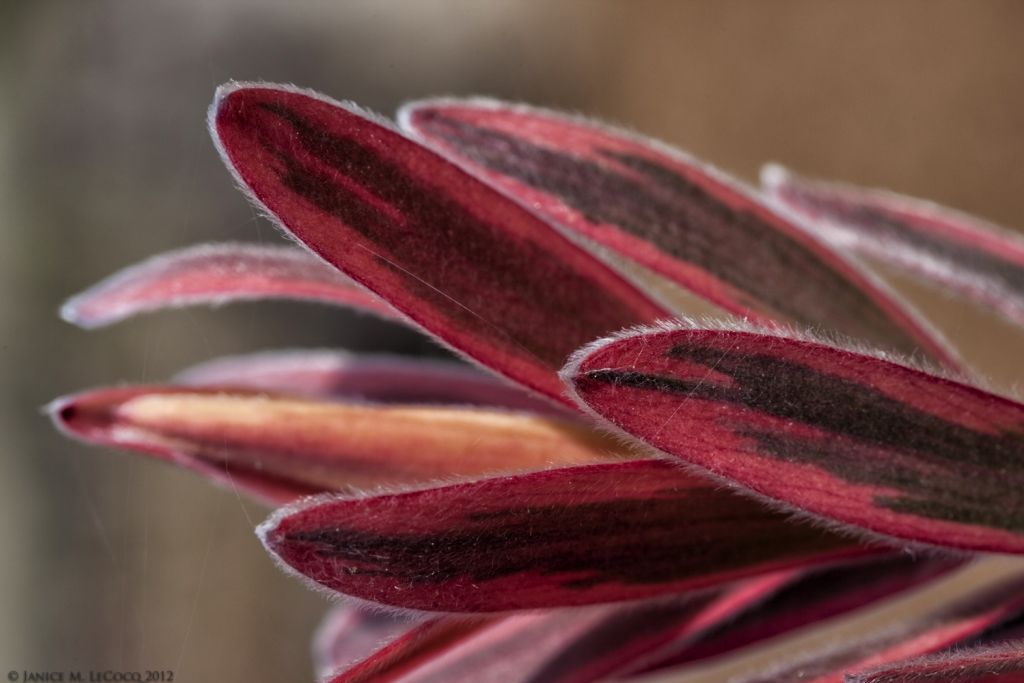
Other than specialized assignments to photograph particular gardens, most “plant” photography is what is called “macro” photography. Macro photographers use specialized lenses, tripods and other equipment to capture exquisitely close images of flowers and other intimate perspectives of plants. Many of these images are actually shot in a studio setting where there is no risk of a blurring breeze and where the backdrop and lighting can be carefully controlled. The purpose is to realize the artistic beauty in the color and form of the subject, whose function as a plant is essentially irrelevant.
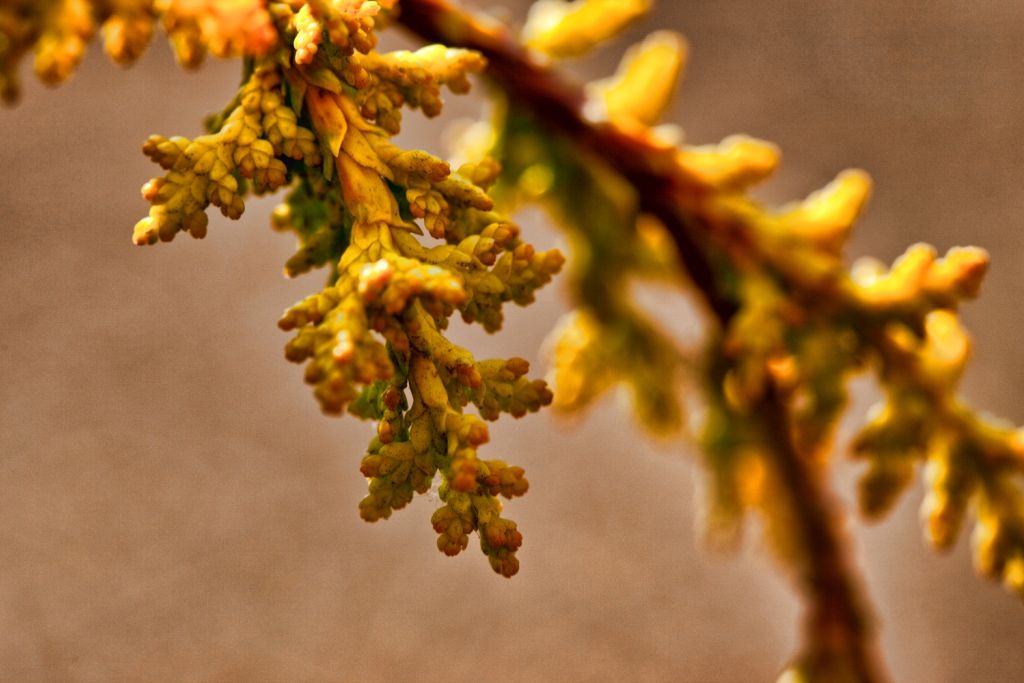
Macro photography is extremely challenging. The power of the image results from a perfect depth of field (shallow or deep, depending on the artistic intentions of the photographer), exposure and composition. Also, with the advance of digital technology, creating an image that is distinctive is extremely difficult.
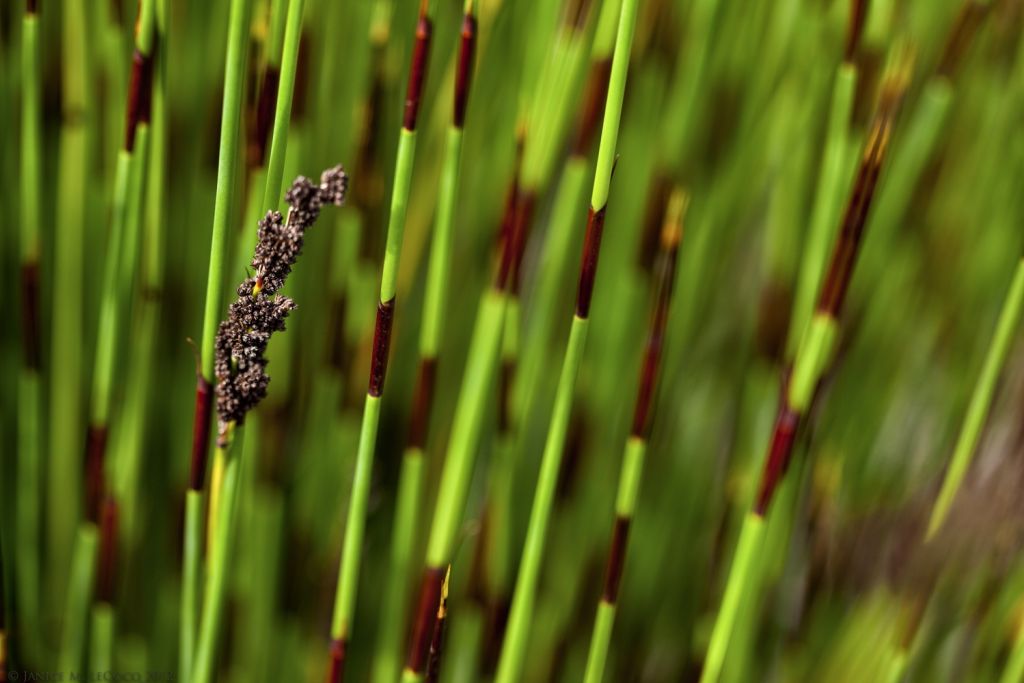
Once a photographer has mastered the technical aspects of macro photography, it is an enormous challenge to produce images that don’t look like all of the others. There truly are millions of images of perfect red roses; the challenge is to have your rose evoke something the others don’t. Not easy!!! Great photographers, such as Mike Moats, make a living shooting “tiny landscapes”, looking for a “story” in each image through imperfections or other evocative elements.
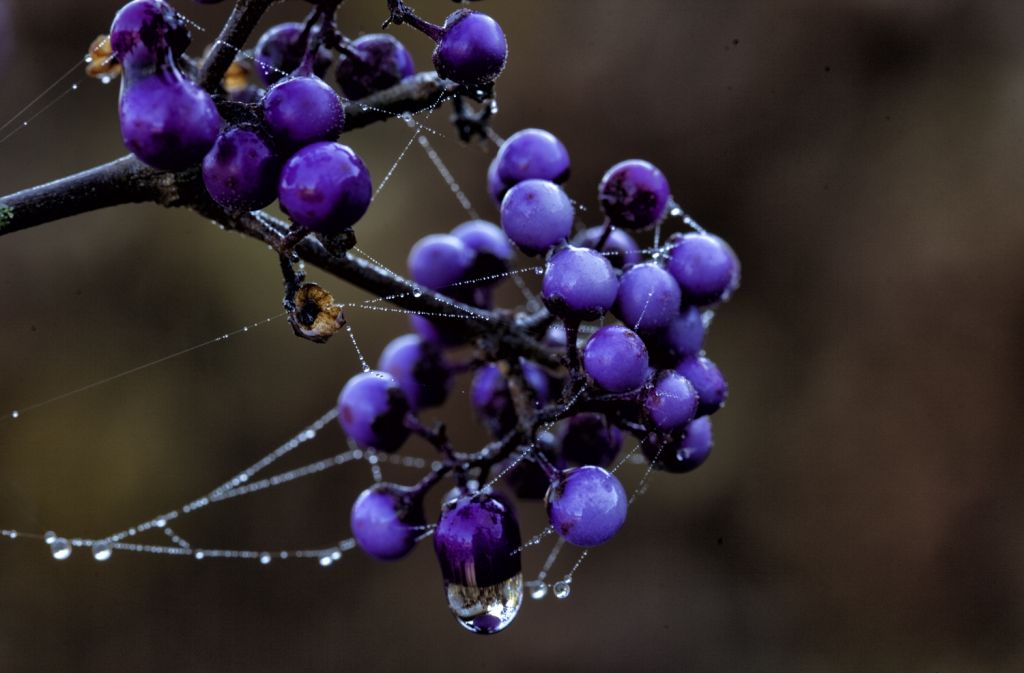
The alternative approach to photographing gardens is to treat them as landscapes, using perspective, depth of field, natural light and exposure to evoke beauty and mood. Jan’s view of garden photography is that it falls somewhere within the mix of architectural photography and large and tiny landscapes.
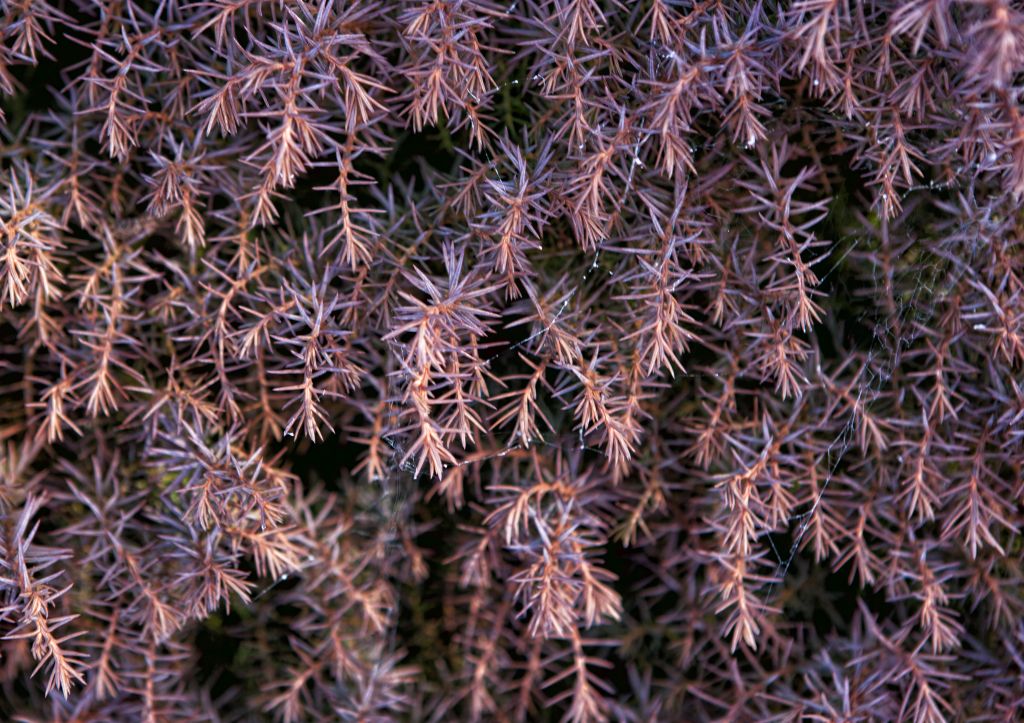
Jan has the added challenge of photographing what Sara wants to reveal about the garden. Jan is often attracted to a subject because of color and composition that has nothing to do with the point Sara wants to make and illustrate. This results in much discussion and interpretation, generally resulting in heightened appreciation and understanding by both, but sometimes in gales of laughter.
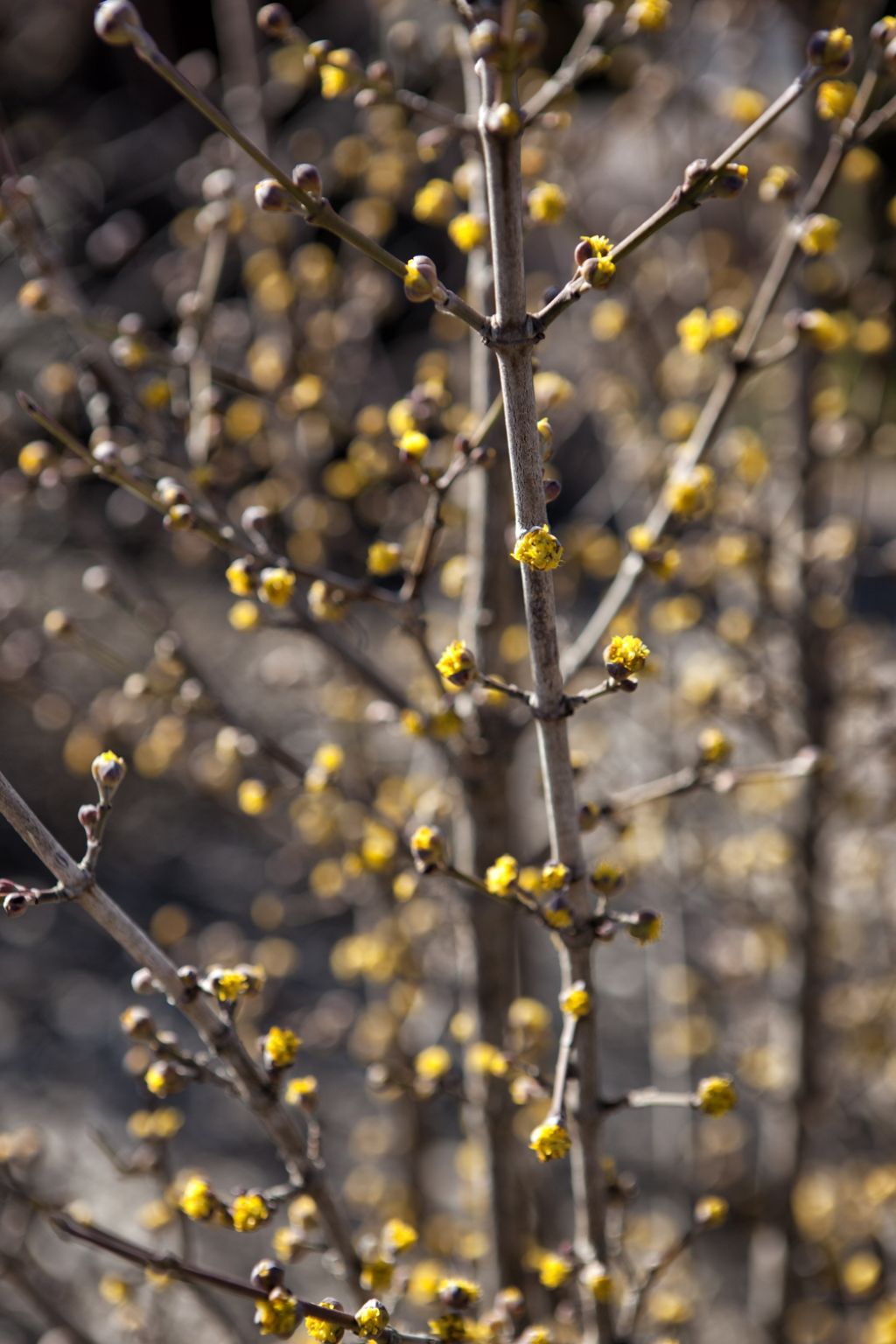
We also grapple with the issue of realism, especially regarding color saturation. Jan firmly believes that being a photographer has sensitized her to light and color, whereas non-photographers often filter out (no pun intended) those details while appreciating the overall scene.
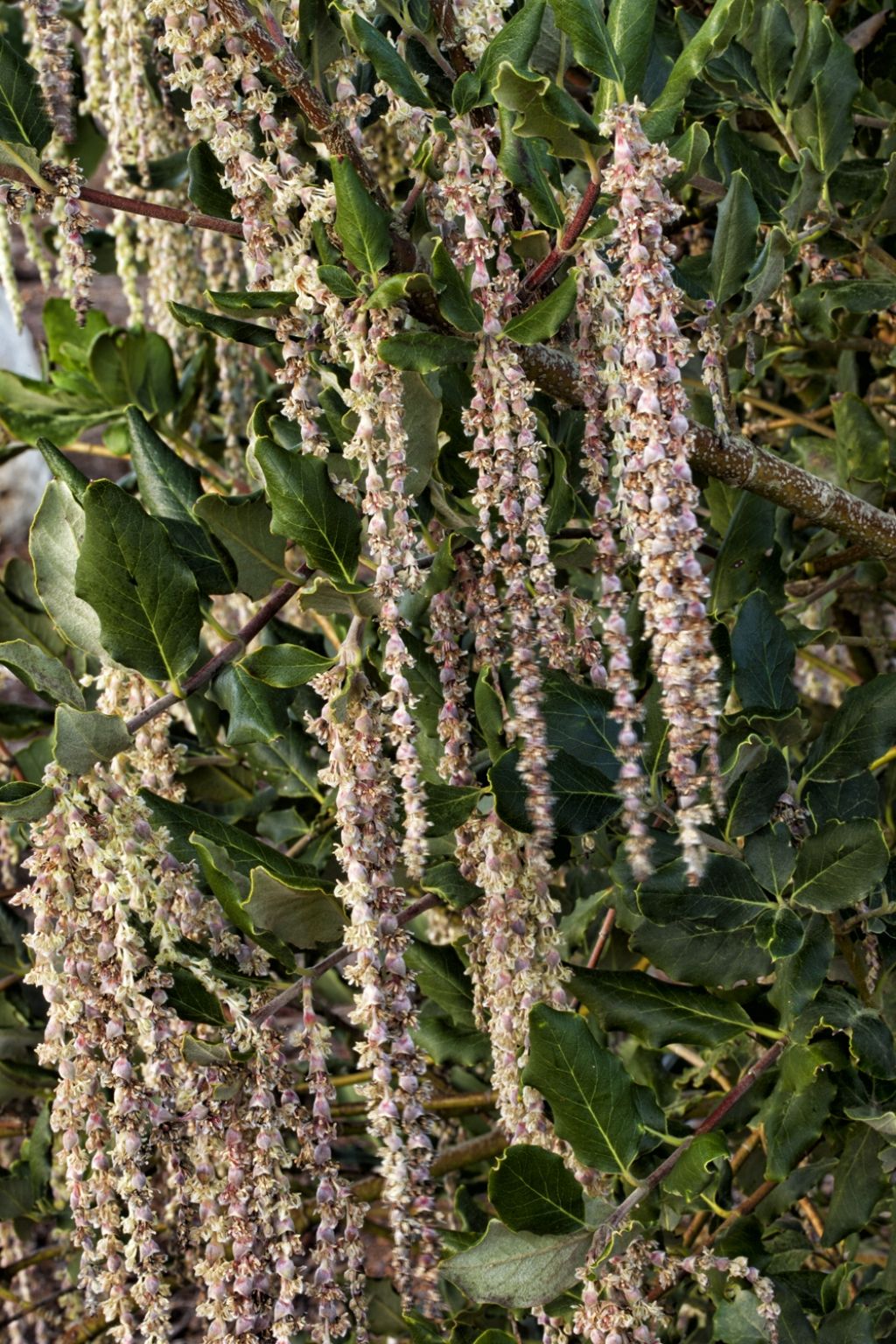
However, it is not uncommon to find images in garden books that are so supersaturated as to appear surreal. We’re looking for something much more the way Jan and Sara, together, see the sight. It’s a constant learning experience.
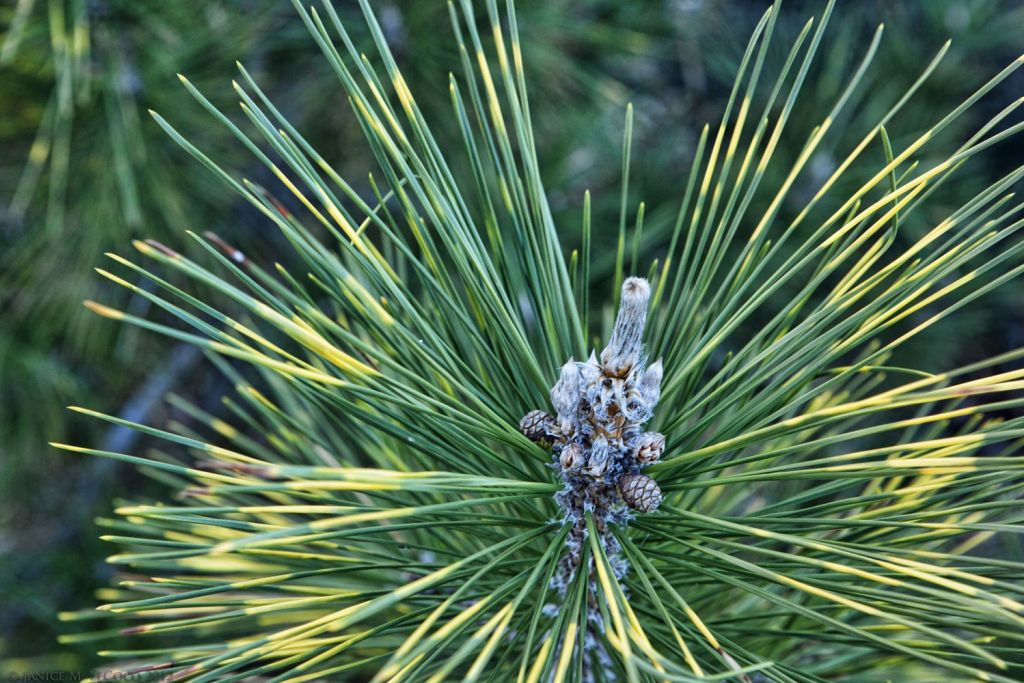
So, with that background, we hope that you have enjoyed these more intimate perspectives of the garden.
Copyright 2012 by Form and Foliage